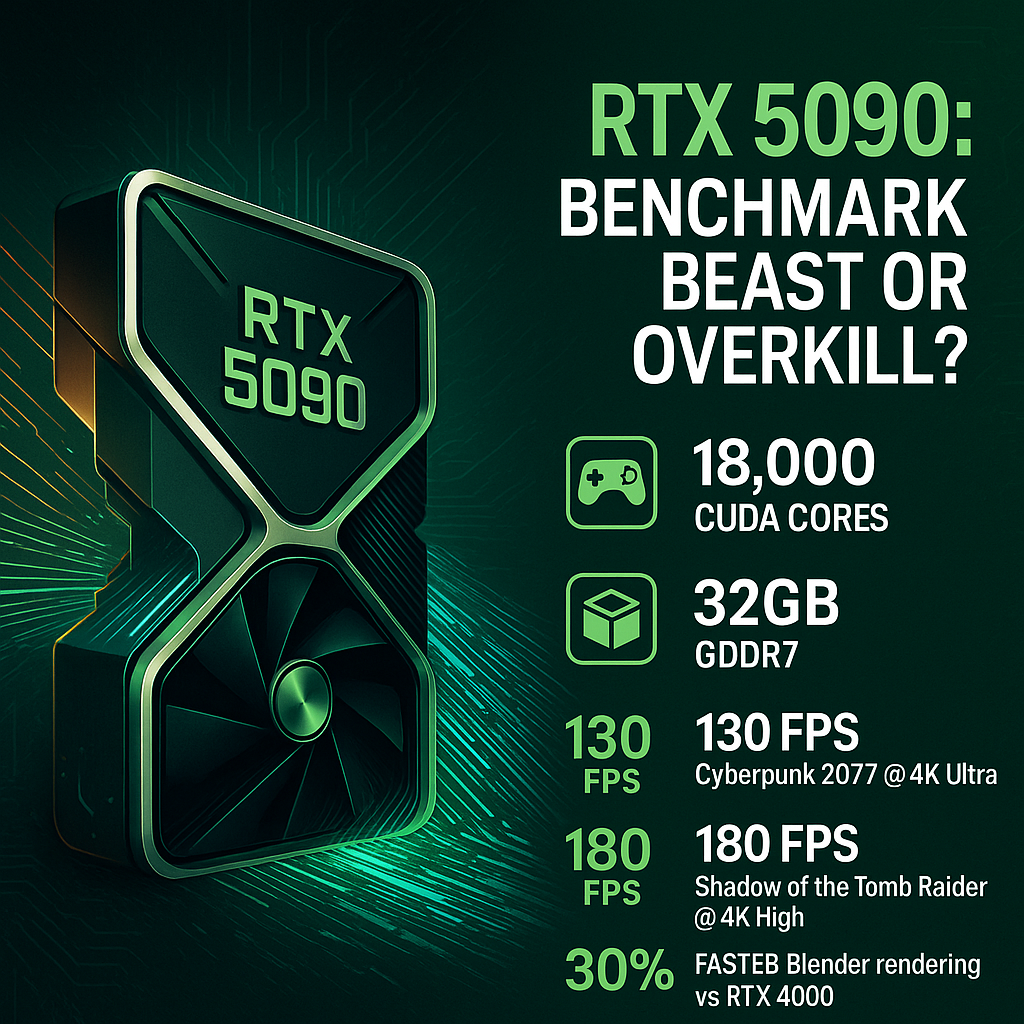Introduction
The MacBook Air has long been a favorite among professionals for its portability, performance, and sleek design. With the introduction of the M3 chip, comparisons with its predecessor, the M2, have become essential for potential buyers. This article examines the differences between the MacBook Air M3 and M2 models, assessing whether the upgrade is worthwhile for working professionals.
Why the M3 vs. M2 Comparison Matters
Understanding the distinctions between the MacBook Air M3 and M2 chips is crucial for decision-makers in the tech industry, as well as individual buyers. Each iteration of the M1 series chips has brought improvements in performance, efficiency, and battery life, affecting productivity and user experience in significant ways.
Key Differences Between MacBook Air M3 and M2
- Performance: The M3 chip uses a 3nm manufacturing process, leading to better energy efficiency and potentially higher performance. Apple claims up to 15% faster CPU performance and 30% improvements in GPU performance over the M2 chip. (Apple Newsroom, October 2023)
- Graphics Capabilities: With a 10-core GPU in the M3 model compared to the 8-core in the M2, the M3 is expected to handle graphic-intensive applications more efficiently, making it better suited for tasks such as video editing and gaming.
- Battery Life: Improvements in efficiency suggest that the M3 may extend battery life further than the M2, though specific comparisons will depend on real-world usage tests.
- Display and Media Features: The M3 may also introduce enhanced display features, possibly supporting more advanced HDR formats, but definitive details are yet to be confirmed.
Potential Drawbacks of Upgrading
While the M3 presents several advantages, there are considerations to keep in mind:
- Price: Typically, new models come with higher price points. Buyers must assess whether the performance enhancements justify the expense.
- Availability: Immediate stock and availability of the M3 model may be limited, as is often the case with newly released technology.
- Real-World Performance: Benchmark performance in real-world tasks may not reflect the theoretical performance gains, particularly for users whose tasks do not require the enhanced specifications.
Conclusion
In summary, while the MacBook Air M3 brings several advancements in performance, graphics, and efficiency over the M2, the decision to upgrade should be contextualized by individual needs and budget. For professionals whose work involves demanding applications, the M3 may offer significant advantages. However, for users with less intensive requirements, the M2 remains a robust and capable option.



